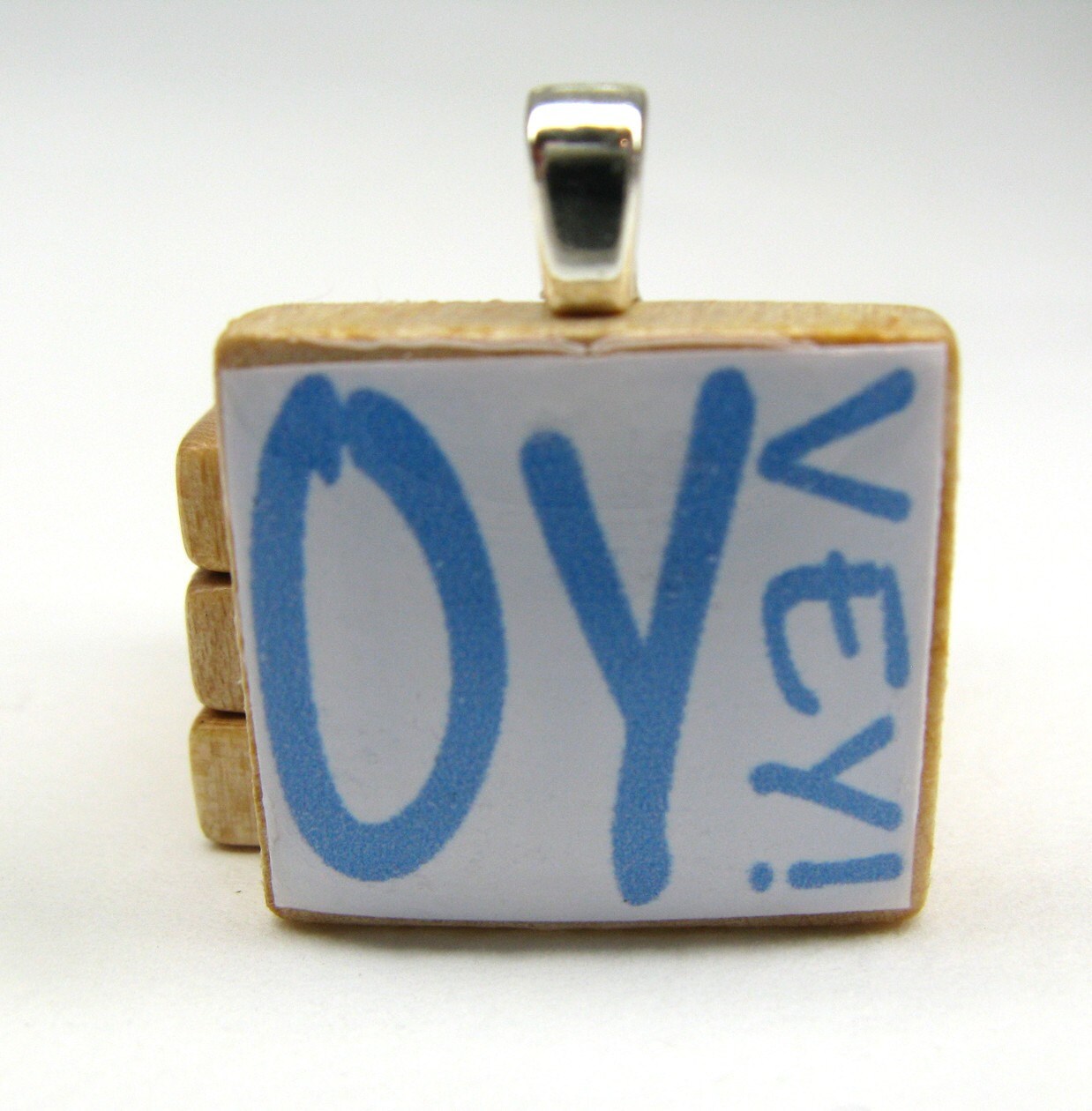The above e-card is from the website someecards and its sentiment reflecting the disunity between our everyday calendar and the Jewish calendar. Because of their differences, Jewish holidays float around the year in approximate timing, but ever-changing dates. So, now that Hanukkah is over, let’s take a look at that Jewish calendar and how it’s really set up.
The Jewish calendar is based on three astronomical movements: the rotation of the Earth, the revolution of the moon around the Earth, and the revolution of the Earth about the sun. These are independent of each other, so there is no direct correlation between them. On average, the moon revolves around the Earth in about 29½ days and the Earth revolves around the sun in about 365¼ days.
The Jewish calendar uses all three of these cycles. Months are 29 or 30 days, corresponding to the 29½-day lunar cycle. Years are either 12 or 13 months, corresponding to the 12.4 month solar cycle.
The Jewish lunar month begins when the first sliver of moon becomes visible after the new moon. This is known as Rosh Chodesh. The problem with lunar calendars is there are approximately 12.4 lunar months in every solar year, so a 12-month lunar calendar is about 11 days shorter than a solar year and a 13-month lunar is about 19 days longer.
To compensate the Jewish calendar uses a 12-month lunar calendar with an occasionally added extra month. A year with 13 months is referred to in Hebrew as Shanah Me'uberet: a pregnant year. In English, we know it as a leap year. The additional month is known as Adar I, Adar Rishon (first Adar) or Adar Alef (the Hebrew letter Alef signifying the numeral "1"). The extra month is inserted before the regular month of Adar (known in such years as Adar II, Adar Sheini or Adar Beit). Note that Adar II is the "real" Adar. Everything (such as Purim) attached to the month of Adar is celebrated during Adar II, which is considered "real" Adar.
To add to these complications, Yom Kippur is not supposed to fall adjacent to Shabbat, because this would cause difficulties in coordinating the fast with Shabbat, and Hoshanah Rabbah should not fall on Saturday because it would interfere with the holiday's observances. A day is added to the month of Cheshvan, or subtracted from the month of Kislev of the previous year, to prevent such things from happening. This process is sometimes referred to as "fixing" Rosh Hashanah.
The Jewish calendar has different starting points for different purposes. The "first month" of the Jewish calendar is the month of Nissan, in the spring, when Passover occurs. However, Rosh Hashanah, the Jewish New Year, is in Tishri, the seventh month. That is when the year’s number is increased. This is similar to the American New Year starting in January, but the new school year starting in August or September.
The names of the months in the Jewish calendar are Babylonian month names, brought back to Israel by returning exiles. To complicate things even further, the Bible refers to months by number, not by name.
The Jewish calendar has the following months:
![]() Nissan (1): 30 days, occurring during March-April
Nissan (1): 30 days, occurring during March-April
![]() Iyar (2): 29 days, occurring during April-May
Iyar (2): 29 days, occurring during April-May
![]() Sivan (3): 30 days, occurring during May-June
Sivan (3): 30 days, occurring during May-June
![]() Tammuz (4): 29 days occurring during June-July
Tammuz (4): 29 days occurring during June-July
![]() Av (5): 30 days, occurring during August
Av (5): 30 days, occurring during August
![]() Elul (6): 29 days, occurring during August-September
Elul (6): 29 days, occurring during August-September
![]() Tishri (7): 30 days, occurring during September-October
Tishri (7): 30 days, occurring during September-October
![]() Cheshvan (8): 29 or 30 days, occurring during October-November
Cheshvan (8): 29 or 30 days, occurring during October-November
![]() Kislev (9): 30 or 29 days, occurring during November-December
Kislev (9): 30 or 29 days, occurring during November-December
![]() Tevet (10): 29 days, occurring during December-January
Tevet (10): 29 days, occurring during December-January
![]() Shevat (11): 30 days, occurring during January-February
Shevat (11): 30 days, occurring during January-February
![]() Adar I (leap years only) (12): 30 days, occurring during February-March
Adar I (leap years only) (12): 30 days, occurring during February-March
![]() /
/ ![]() Adar (called Adar Beit in leap years) (12) (13 in leap years): 29 days, occurring during February-March
Adar (called Adar Beit in leap years) (12) (13 in leap years): 29 days, occurring during February-March
Other than Shabbat, the Jewish calendar doesn't have names for the days of the week. The days of the week are simply known as first day, second day, third day, etc. Sometimes they are referred to more fully as First Day of the Sabbath, etc. Below is a list for those who are interested.
![]() Yom Rishon/First Day (Sunday)
Yom Rishon/First Day (Sunday)
![]() Yom Sheini/Second Day (Monday)
Yom Sheini/Second Day (Monday)
![]() Yom Shlishi/Third Day (Tuesday)
Yom Shlishi/Third Day (Tuesday)
![]() Yom R'vi'i/Fourth Day (Wednesday)
Yom R'vi'i/Fourth Day (Wednesday)
![]() Yom Chamishi/Fifth Day (Thursday)
Yom Chamishi/Fifth Day (Thursday)
![]() Yom Shishi/Sixth Day (Friday)
Yom Shishi/Sixth Day (Friday)
![]() Yom Shabbat/Sabbath Day (Saturday)
Yom Shabbat/Sabbath Day (Saturday)
Shabbat Shalom, y’all!
This post by April Grunspan of AgruArts



1 comment:
This is very interesting and helpful! Thank you for taking time to write this :-)
Post a Comment